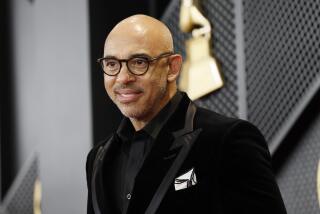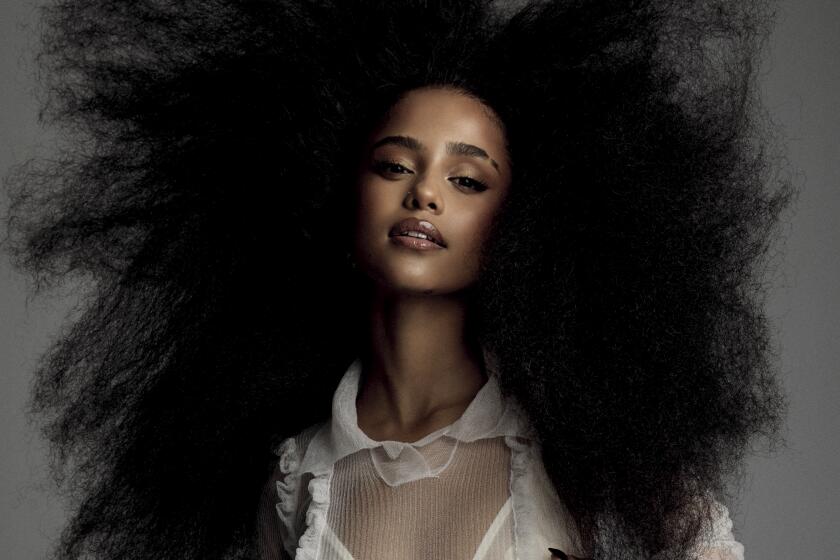Still a man’s, man’s, man’s, man’s world in the Grammy nominations?

Los Angeles Times music critics Gerrick D. Kennedy and Randy Lewis react to the 2019 Grammy nominations.
A cursory glance at a list of artists with multiple nominations for the 2019 Grammy Awards looks promising in the wake of last year’s #GrammysSoMale complaints that erupted after male performers overwhelmingly dominated the statuettes handed out, especially those distributed during the national telecast of the annual ceremony.
This year, among 11 people with five or more nominations, six are men, five are women.
Nods for album of the year are particularly wide-ranging. The Kendrick Lamar-led soundtrack to “Black Panther,” which features contributions from a plethora of major artists, is joined by Brandi Carlile’s “By the Way, I Forgive You,” Drake’s “Scorpion,” Cardi B’s “Invasion of Privacy,” H.E.R.’s “H.E.R.,” Post Malone’s “Beerbongs & Bentleys,” Janelle Monáe’s “Dirty Computer” and Kacey Musgraves’ “Golden Hour.”
You might be tempted to think that the task force created last spring by the Recording Academy to address conscious and unconscious gender and racial biases at work in the music industry had found a fix right out of the gate.
But looking further down the list, the situation quickly becomes a case of “same as it ever was.”
Extending the analysis through those with three or more nominations, the imbalance is striking: Of 42 names, 32 are men — just 10 are women.
Recording Academy President and CEO Neil Portnow acknowledges the disparity but cautions against reading too much into those numbers — for now. For starters, the Grammys are supposed to recognize artistic excellence, not mathematics.
Recording Academy President Neil Portnow stepping down in 2019 »
“The responsibility of our voters is first and foremost to make that judgment about the music,” Portnow said. “Now, as far as the practical piece of that, what’s also important is that there be no barriers and there be no bias in terms of the process that leads to the creative choices that our voters can make. That’s where there was work to be done.”
On top of that, the multiple-nominee lists are usually heavily populated by the producers and engineers of nominated recordings, fields that historically have skewed male. It’s a disparity the academy and the task force are delving into in search of remedies.
“The worst statistics of everything we’ve seen thus far has to do with the fact that just 2% to 3% of producers and engineers in our industry are women,” Portnow said. “That’s going to skew what this looks like to some degree.
“A careful analysis is important, because we all know going into this that in those two areas, the industry is woefully and shamefully out of line,” he said. “There’s so much more to be done. We actually have some ideas we’re going to bring forward over the course of the next year to address that particular issue.”
After the Grammys, it may be time’s up for the music industry »
Follow @RandyLewis2 on Twitter.com
For Classic Rock coverage, join us on Facebook
More to Read
The biggest entertainment stories
Get our big stories about Hollywood, film, television, music, arts, culture and more right in your inbox as soon as they publish.
You may occasionally receive promotional content from the Los Angeles Times.











